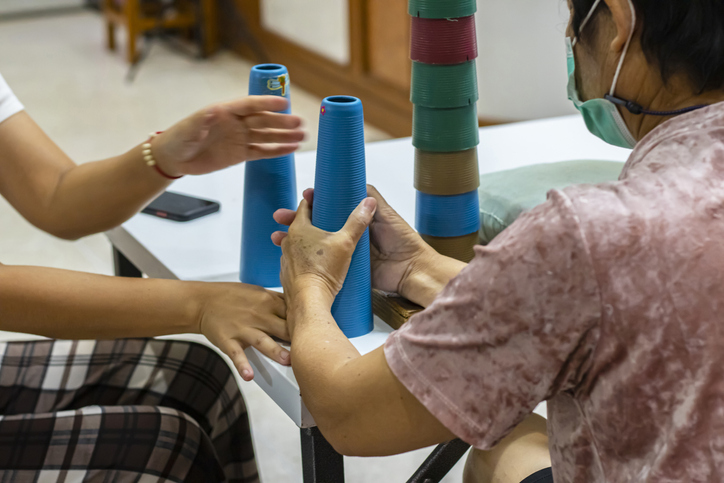Treatments
What Is the Role of an Occupational Therapist in the Treatment of Chronic Pain?

What is an occupational therapist?
The role of an occupational therapist, or OT, is to help individuals maintain independence by teaching them ways to modify everyday tasks and activities that they can no longer do or have difficulty completing on their own. This could be due to certain conditions, such as autism, ADHD, sensory processing disorder, Alzheimer’s, arthritis, traumatic injury, stroke, etc. An OT can help individuals learn how to use assistive technology, learn different ways to complete tasks, suggest safety measures for the home, and train caregivers. Some OT’s help with cognitive aspects of daily life, such as helping with organization, routines, and problem-solving.
Occupational therapists and chronic pain
Occupational therapists have an important role in the treatment of chronic pain. They typically serve as part of a health care team who are taking a multidisciplinary approach to treating chronic pain. It is essential to take a holistic, comprehensive approach since chronic pain is a multifaceted issue that relates to physical, psychological, behavioral, neurological and social factors.
Often, non-pharmacological interventions, such as occupational therapy, are overlooked. While pharmacological treatments are frequently necessary for certain conditions or levels of pain, it is also valuable to attempt to minimize the level of pain with other methods.
When needed, a physician will usually refer a client to an occupational therapist. This might occur for various reasons, including impaired functioning, the presence of factors that impede health, issues with self-management, or an interest in non-pharmacological treatment approaches.
An OT will work with individuals, regardless of age, gender, ability level, and diagnosis, when possible. They are located in various settings, including schools, hospitals, outpatient clinics, rehab centers, prisons, nursing or assisted living homes, corporate offices, and private practice clinics.
Additional source: American Occupational Therapy Association



















